Find a set of growth marketing examples to help guide your own company’s campaign, from App Store ads to bouncing QR codes.
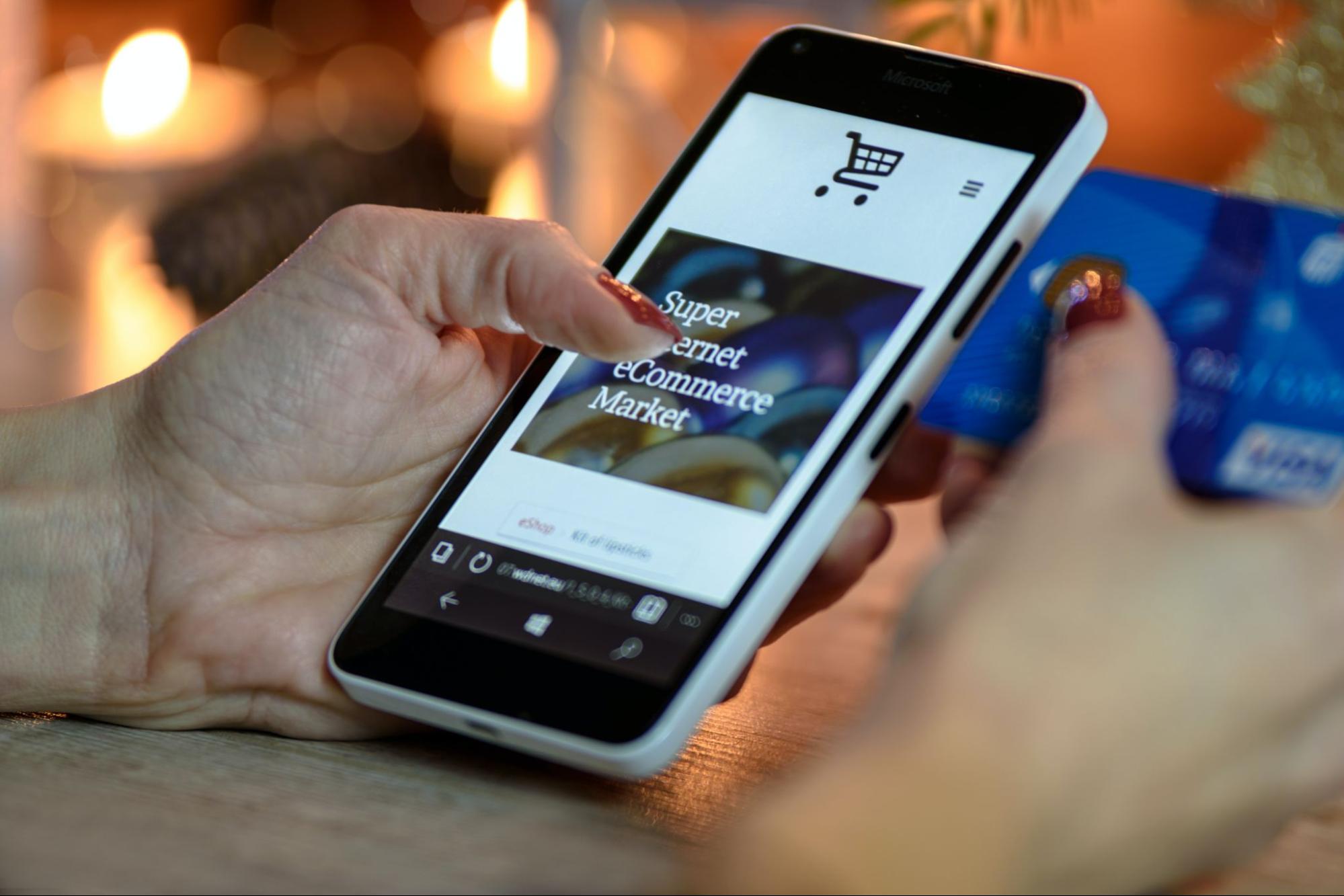
Some of the best growth marketing examples have come from DTC brands, and OTT is poised to be part of the next big case study.
The marketing profession has been undergoing a complete transformation over the past 15-20 years. Marketers are no longer regarded as “creatives” who operate on gut instinct. Instead, rigorous testing, data, and scientific method drive the practice.
The best illustrations of such activity can be found in growth marketing, and some of the best growth marketing campaigns have been undertaken on behalf of DTC brands. This article will explore six growth marketing examples and how they drove ROI.
Dig deeper with "What Is Growth Marketing? A Complete Guide."
What is growth marketing?
Growth marketing refers to a range of digital marketing activities that are used to attract targeted consumers into a marketing funnel, drawing them from the awareness stage through to consideration, purchase, and then on to a retention loop. Data is used at every stage of this customer journey to measure success, refine campaigns, and make decisions. You can learn more from our article, "What Is Growth Marketing?"
Because everything in growth marketing is measurable, nothing is done without an associated KPI. Every activity has an expected result and each marketing program is approached to test that expectation or theory. One of the radical changes growth marketing introduced was the notion of “failing fast.” You can’t iterate and improve on something unless you know what is not working optimally. This led to the “test and learn” doctrine at the heart of growth marketing. Growth marketers are able to deploy tiny test budgets and every aspect of a campaign can be A/B tested to identify the optimal creative before stepping on the gas with a big spend.
What are Growth Marketing KPIs?
Because you can track virtually everything, today’s growth marketers track dozens and dozens of KPIs in real-time. As CMO, you’ll be focused on the highest level KPIs for the company and your marketing department. But every member of the team will be focused on KPIs. A social media coordinator will be hyper-sensitive about the performance of each post and campaign. The KPI of this junior member of the team may not be the focus of the CMO day-to-day, but the fact that every member of the team approaches each effort with KPIs in mind does.
Every company and marketing organization will prioritize growth marketing KPIs differently, but here are a number of KPIs that DTC companies commonly track:
- Customer Lifetime Value (LTV)
- Conversion Rate (CVR)
- Return on Ad Spend (ROAS)
- Average Order Value (AOV)
- Customer Acquisition Cost (CAC)
- Monthly Recurring Revenue
- Churn Rate
- Product Margin
- Net Promoter Score (NPS)

Six examples of DTC brands doing great growth marketing
Marvel Future Revolution — Apple Search Ads

Objective: One of the largest and most successful categories of DTC companies can be found in mobile gaming. To launch Marvel Future Revolution worldwide, the team at game publisher Netmarble needed to drive app awareness and visibility in the app stores. In addition to maintaining strong ROAS, the team was focused on maximizing downloads within the first week of launch — the most critical customer acquisition timeframe for games.
Solution: The team deployed Apple Search Ads to promote pre-ordering the app prior to its release, ensuring it would be automatically installed on its release day. Netmarble’s team also focused on a brand campaign to attract loyal fans searching for keywords related to the app.
ROI: 1.5x higher seven-day ROAS compared with similar ad platforms; 2.4x higher revenue per install; 1.4x higher retention; and 40% lower cost per install.
William Painter — YouTube Advertising
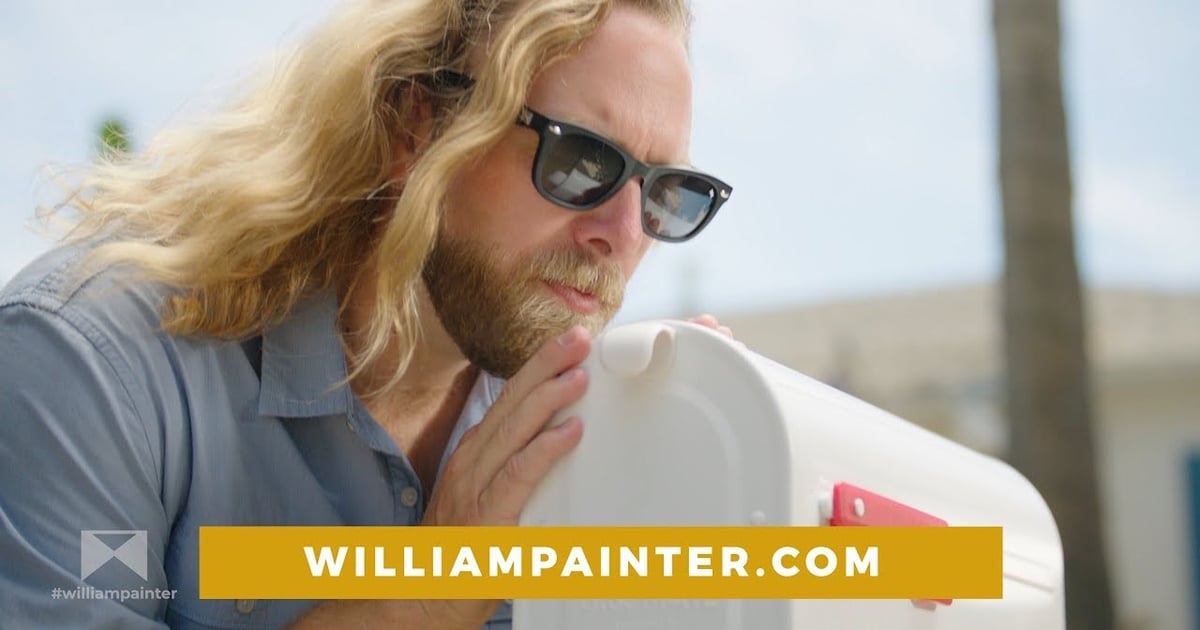
Objective: William Painter, the online sunglass retailer, knew consumers were used to trying on and purchasing sunglasses in person. They needed a marketing medium that would convey the quality of their product and how great they look on everyone without requiring store visits.
Solution: The brand turned to YouTube to make the most of the platform’s storytelling capabilities. They shot their first videos with smartphones and tested several different creative approaches. Humor tested as the best means to connect with consumers. One video went viral, topping 65 million views (and counting) and the rest is history. The brand took off.
ROI: 1,500% increase in website visitors; 1,300% increase in conversions; and 13x increase in revenue, year-over-year.
Doe — Email Marketing
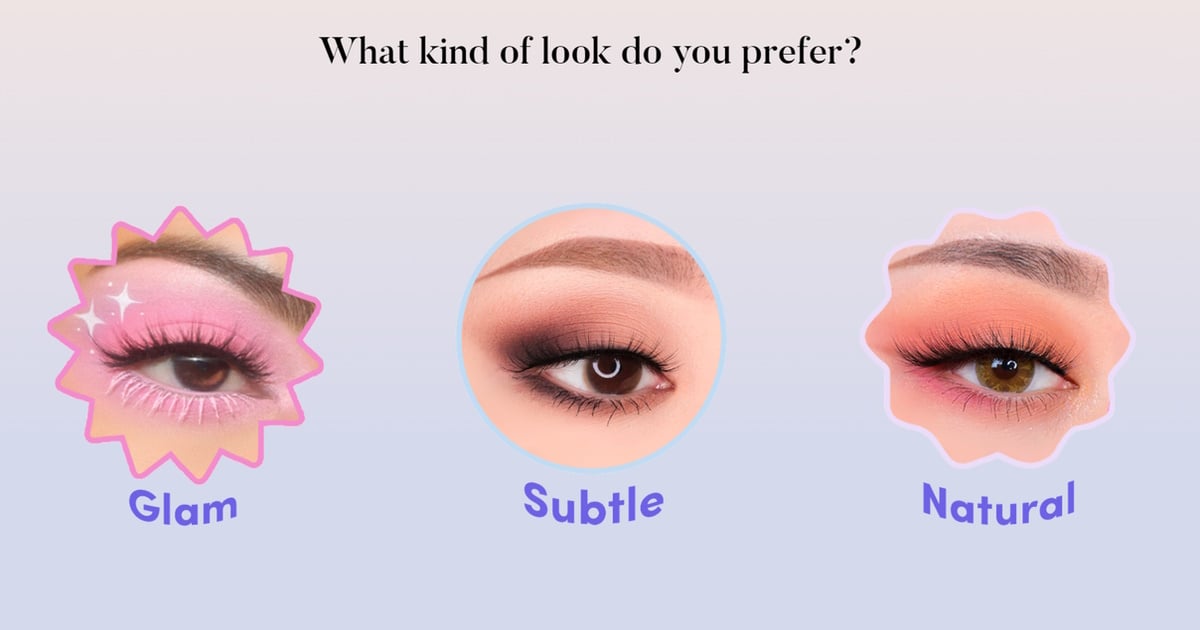
Objective: Doe was seeking to launch a new online brand of hand-crafted false eyelashes without overspending on digital advertising. In this environment, one of the best ways for brands to get customers’ attention is to build personalized experiences on owned channels.
Solution: The team launched onsite quizzes as well as a loyalty program in an effort to personalize interactions from the start of the customer journey.
ROI: The quiz earned 3x more email sign-ups than a traditional pop-up form (while also supplying information the Doe team uses to build a personalized welcome series for customers); the welcome flow has a conversion rate 9x higher than the industry standard for health and beauty; the email welcome series drove 35% of Doe’s customers to come back for another purchase within 90 days; and, the brand’s loyalty program grew quickly to 30K members, bringing in more than 1.2x in revenue than the new customer welcome series itself.
Bombas — Instagram
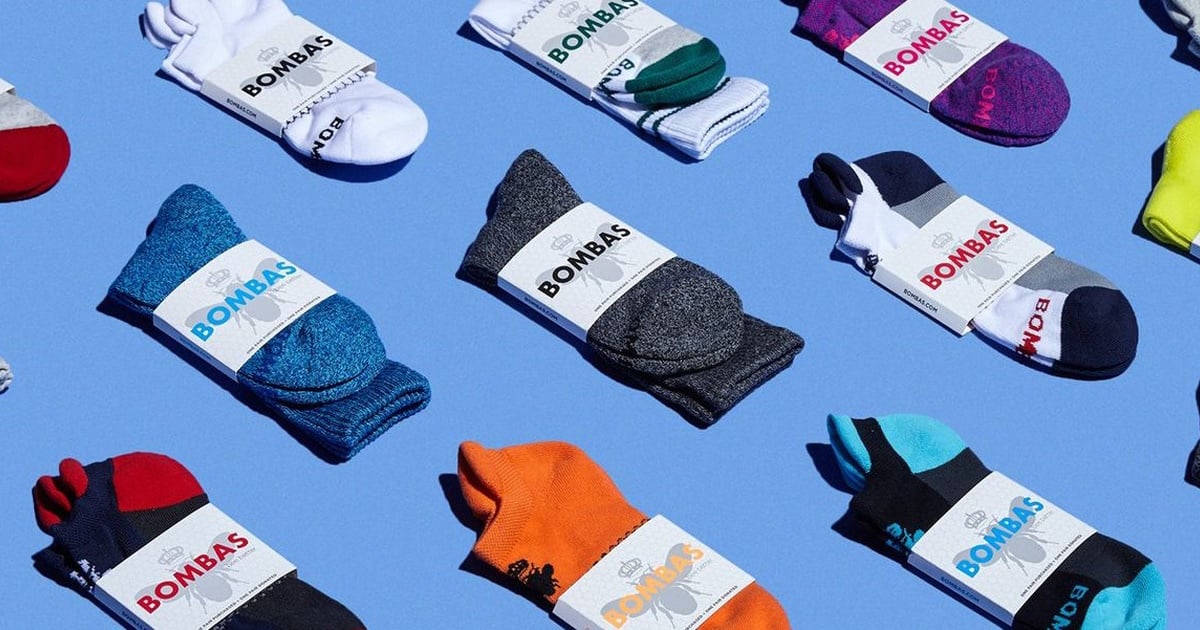
Objective: Bombas, the mission-based DTC sock company, was seeking to increase holiday gift sales.
Solution: The Bombas marketing team ran video ads in Instagram Stories, both as a way to increase holiday gift sales as well as the performance of this new channel. The team began by testing concepts from high-performing slide shows and optimized the creative to fit the performance of the platform.
ROI: 46% higher ROAS; 34% lower CPA; and 2.4x higher conversion rate.
Shipt — Facebook Ads and Video
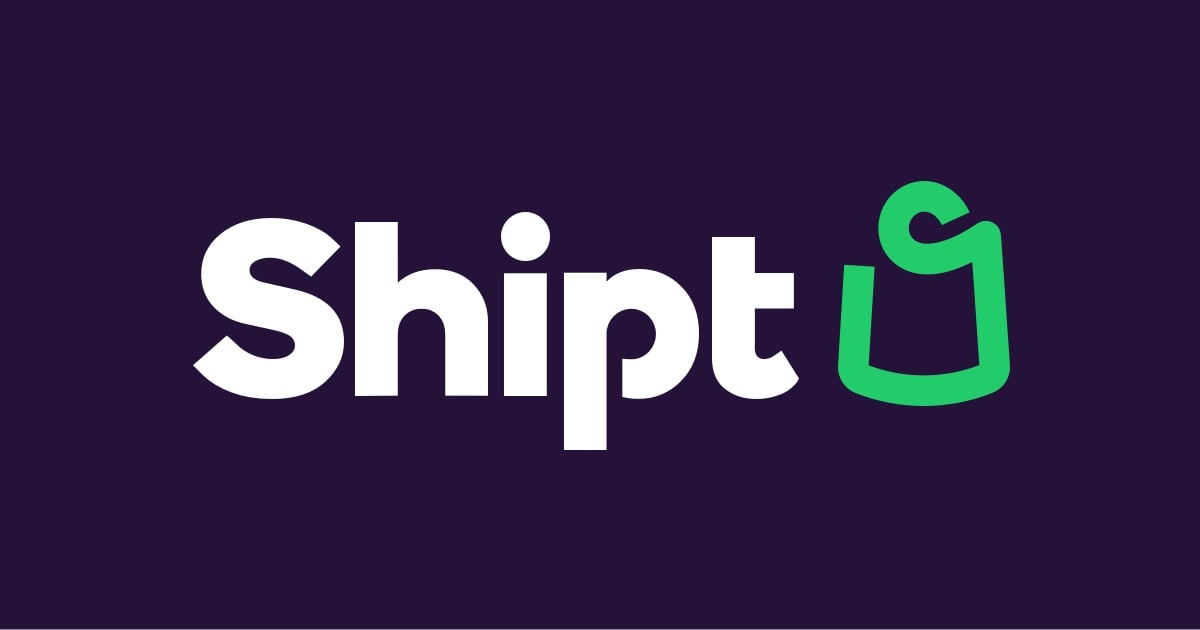
Objective: Shipt, the household goods and grocery delivery service, sought to drive awareness, consideration, and sales during the holiday season.
Solution: Shipt’s marketers created a Facebook campaign that tested new ad formats and creative. Facebook was able to deliver a full-funnel approach, tackling awareness, consideration, and conversions of new subscriptions.
ROI: 9.9x ROAS; 20% increase in account sign-up leads; 5.6-point lift in purchase intent; 7.4% increase in completed registrations; with the campaign all-in-all 23x more efficient at reaching women aged 25-54 than TV alone.
Coinbase — Broadcast Television
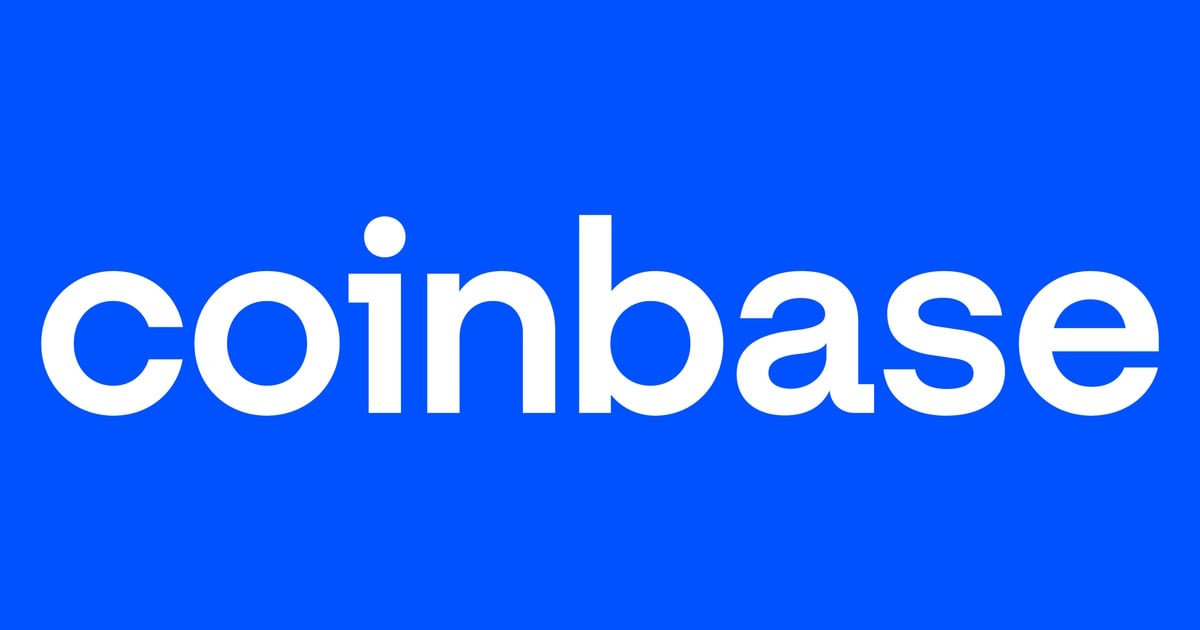
Objective: Coinbase had two major objectives in the winter of 2022. The first was to increase awareness of and interest in cryptocurrency among mass-market consumers. The second was to drive installs of the Coinbase app.
Solution: Coinbase committed to running 60 seconds in the 2022 Super Bowl, at an estimated cost of $14 million. Despite the cost, as well as some negative reactions from advertising purists about the creative itself (the ad depicted nothing more than a QR code that bounced from one screen edge to the other for 60 seconds), the campaign was a huge success.
ROI: The spot dominated conversation among Super Bowl and advertising fans. Coinbase was among the five most-discussed brands on Twitter Sunday night. According to Bitcoin Magazine, Coinbase's landing page for their QR code delivered 20 million visitors to the company’s homepage within just one minute of the ad airing, more than 6x company projections. Coinbase app installs surged 309% week-on-week on Super Bowl Sunday, rising an additional 286% the next day. Moreover, its US App Store install rank leaped from 186th place to second from Sunday to Monday.
OTT promises to be the next DTC growth case study
Television used to be a linear medium, but with new technologies, that problem has been solved. tvScientific is the only CTV platform offering optimized media buying, comprehensive measurement, and 1:1 OTT attribution that lets you measure performance accurately on a direct, self-managed basis.
With tvScientific’s help, OTT can be far less expensive than traditional TV, can be tested and iterated, and can be deployed against the entire marketing funnel. tvScientific knows that in order for growth marketers to adopt any platform, they must trust it. That’s why tvScientific has ensured marketers are able to view massive data, with radical transparency across the customer journey and costs as well as providing a variety of controls to help marketers drive the best performance. If you’re ready to bring your growth marketing mindset to the world of OTT programmatic advertising, we’d love to help. Get in touch today.







